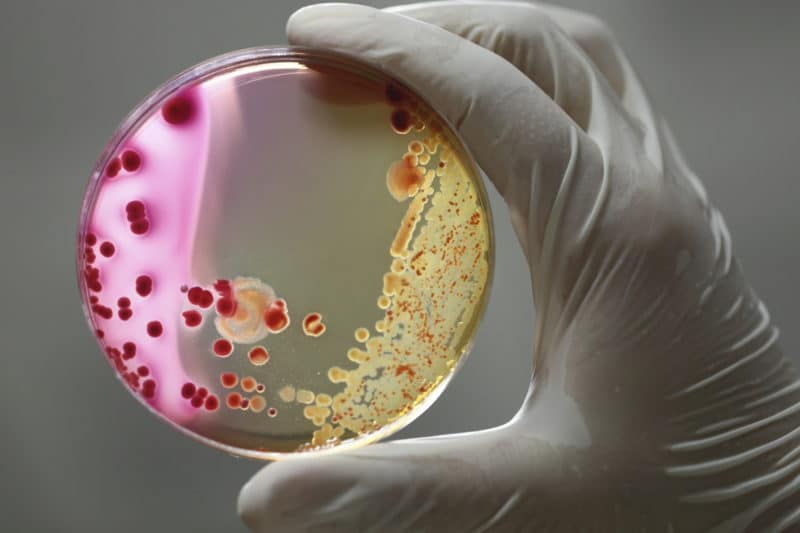Gingivitis is a widespread form of gum disease. Conventional wisdom dictates that gingivitis can evolve into periodontitis–a severe infection that damages gum tissue and can eventually erode jaw bone that supports the teeth. But new research indicates that periodontitis is more than just advanced gingivitis, and perhaps the conditions aren’t as closely related as we thought.
What Causes Gingivitis?
Gingivitis is characterized by red, swollen or irritated gums that may bleed when you brush or floss. Poor oral hygiene contributes to your risk of gingivitis.
Without regular brushing, flossing and professional teeth cleanings by your dentist, plaque forms on the teeth and along the gumline. Within days, plaque that has not been removed can harden into tartar. Tartar typically can’t be removed with brushing alone, and its presence helps protect damaging bacteria.
Tartar and plaque eventually aggravate the gingiva, the portion of the gums at the base of the teeth. The longer plaque and tartar remain in contact with the teeth and gingiva, the worse the irritation becomes. If not treated, gingivitis can progress to periodontitis and contribute to tooth decay and other health concerns.
The Bacteria Connection
An international research team recently analyzed periodontal disease in more than 950 women in Malawi, where oral diseases are common. Researchers charted various forms of gum disease in varying stages of development.
They discovered that some bacteria were associated with periodontitis, but not gingivitis. The findings published in the August issue of the journal Applied and Environmental Microbiology suggest that the progression from gingivitis to periodontitis is not as simple or linear as previously believed.
The study’s authors note that communities of assorted bacteria play roles in periodontitis, and a few of these infection-causing bacteria are not found in gingivitis. According to the authors, this shows that periodontitis should not be considered merely an advanced stage of gingivitis. The research may influence future gum disease testing, in which diagnosis would target the occurrences of specific types of bacteria.
&nsbp;
The Tonic for Gingivitis
Gum disease is best treated in its earliest stages. The dangers of periodontitis extend beyond your oral health and include an increased risk for heart attack, stroke and other life-threatening health problems.
Preventing or halting gingivitis begins with healthy lifestyle choices (including a balanced diet and not smoking). Good oral hygiene helps. Brush your teeth at least twice daily with a fluoride toothpaste. Floss every day to remove plaque buildup at the gum line. Regular dental checkups and teeth cleanings are also important.
These visits allow your dentist to remove plaque and tartar from hard-to-reach places that brushing and flossing cannot eliminate. They also provide an opportunity for your dentist to assess whether existing dental work may make hygiene difficult, and to check for dental health problems that may accompany gum disease. If gingivitis has advanced to periodontitis, further gum treatment may be necessary; this may entail the use of a soft-tissue laser to eliminate the bacteria.
The Sydney dentists at My Hills Dentist are dedicated to helping patients maintain beautiful, healthy smiles. If you experience irritated or bleeding gums, or if you notice the colour of your gums changing from pink to red, please call us today at (02) 9686 7375 to schedule your appointment at our Baulkham Hills office.


